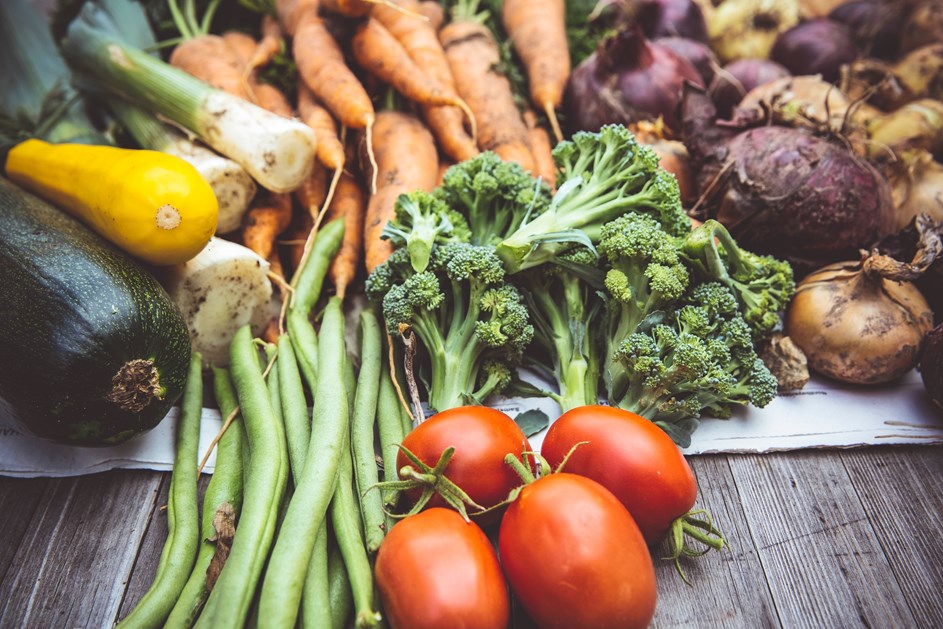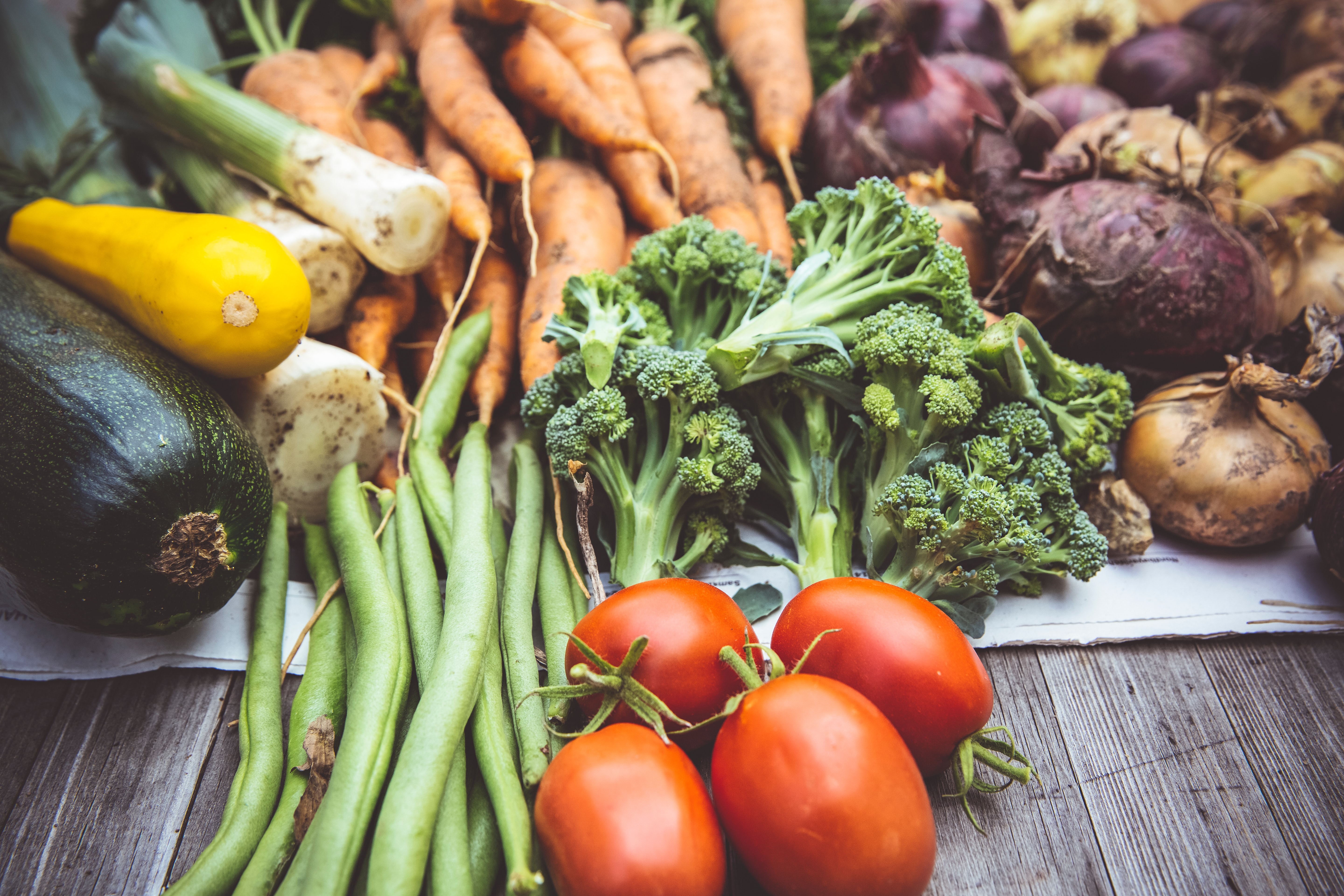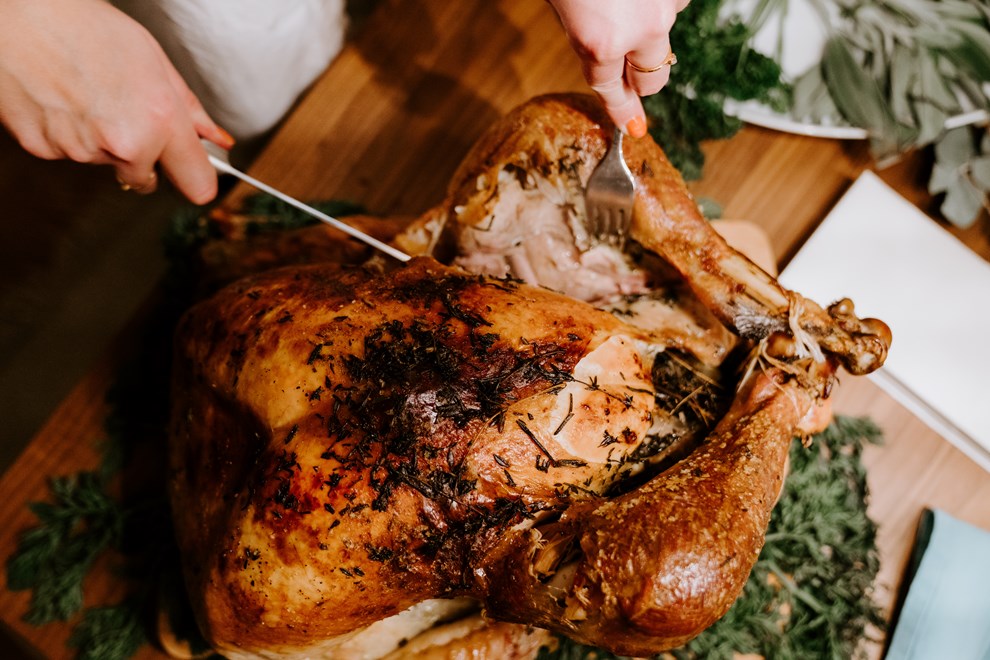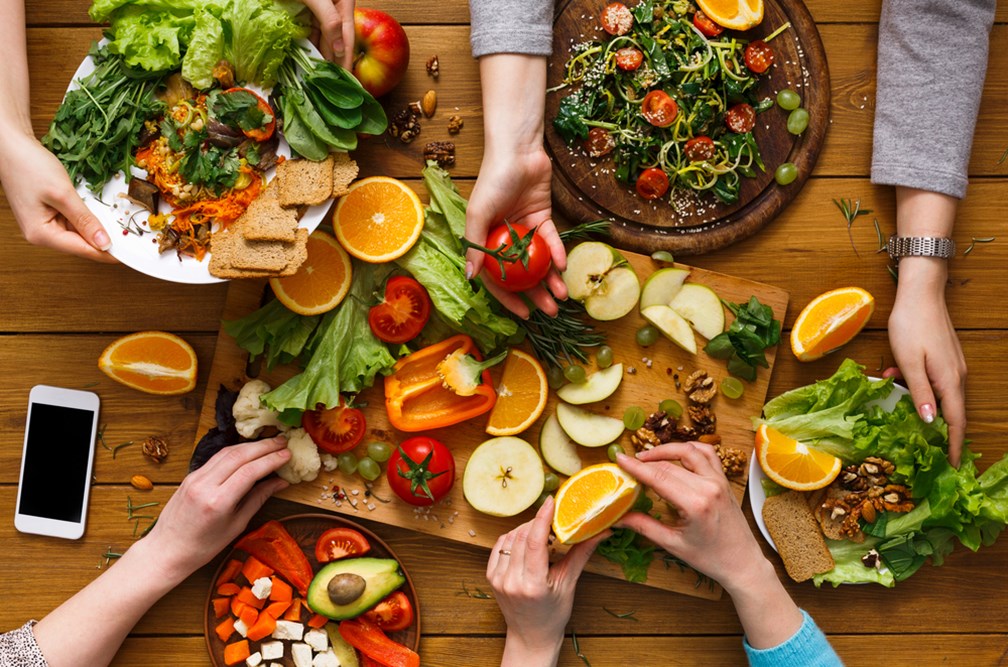Looking after your diabetes during the festive season
Handy information to help you manage how you eat over the festive period.
The festive season is upon us, and although we face different challenges this year, it can still be an opportunity to enjoy ourselves with our loved ones safely.
Having diabetes, you may find it challenging to manage how you eat as there will be plenty of tempting sweet treats and Christmas foods around you that are not healthy. However, we've put together some handy information to help you. Take a look at our tips, advice and recipes that show you how you can still cook and enjoy delicious foods and treats, without compromising your diet.
Tips
Don’t skip meals - Although Christmas lunch/dinner is the main meal of the day, avoid skipping meals in order to eat your Christmas meal. Skipping meals can cause your blood glucose levels to drop and lead to overeating later. Try to stick to your usual routine as much as possible.
Be kind to yourself - It is likely your blood glucose levels will be higher than usual over the Christmas period because your diet is likely to change, but try not to stress. If you get back on track soon afterwards, this shouldn’t have a long-term effect on your diabetes.
Portion sizes - You can enjoy your Christmas favourites and keep your glucose levels mostly within range by keeping to the right portion sizes, choosing sensible serving sizes, and having smaller amounts of high carbohydrate and sweet treats. Try to stick to one portion of your favourite dessert.
A rainbow of vegetables - Fill your plate with as many non-starchy vegetables as possible. This includes leafy vegetables such as brussels sprouts and root vegetables such as carrots, turnips, squashes, stalk vegetables, courgettes and broccoli.


Shopping - While shopping, keep an eye out for your Christmas essential items that come in wholemeal options. Stock up on nuts, seeds and berries. Also, buy a variety of vegetables to complement your delicious meal. Why not try adding some beans and chickpeas to soups and salads?
Eat slowly - Try to eat slowly as this will allow you to savour and enjoy your meal, and will help you avoid overeating.
Try to avoid overeating - After you have finished eating, try to keep food items out of sight. It is harder to resist tempting food that is left out.
Blood glucose levels - You may want to test your blood glucose levels more regularly (than usual), to keep an eye on things over the festive period. Indulging in occasional Christmas treats shouldn’t have a long-term effect on your overall diabetes management, as long as you get back on track afterwards and avoid continuous high readings.
Get some fresh air - Include some additional movement over this period. A brisk walk outdoors after your meal is great for your blood glucose and will help you stay well!
Healthy options for Christmas favourites
Here are some examples of traditional Christmas favourites with a few adjustments, or healthier alternatives, that don't compromise on taste.
Turkey - Add in lots of flavour and vegetables including onions, carrots, celery and plenty of herbs and seasoning. Why not freeze the leftover turkey to have later with some cooked vegetables or beans?

Roast potatoes - Be mindful of your portion size, or even replace those potatoes with vegetables if you are following a low carbohydrate diet.
Pigs in blankets - Limit your portion size and choose good quality sausages. Try grilling the sausages, rather than frying or baking, which allows excess fat to separate from the sausage.
Stuffing - Try to avoid prepared high-fat stuffing. Vegetarian stuffing is just as delicious and you can also make your own.
Vegetables - Along with your delicious roast, a variety of vegetable side dishes will complement the meal perfectly. Try carrots, brussels sprouts, cabbage or kale. If possible, try to steam, boil or bake the vegetables, or add in plenty of colourful side salads.
Desserts - The festive period isn’t complete without some sweet treats. Enjoy your desserts but try to limit your portion sizes. Also, make healthier snacks available, such as a cheese board with nuts or have a vegetable platter or a portion of nuts as an alternative option. Or why not serve your berries, with cream or Greek yoghurt and roasted hazelnuts and seeds? Why not try making low carb desserts like chocolate mousse with avocados and dark chocolate with crushed almonds?

Drinks - Stay hydrated! If you will be drinking alcohol, try to alternate between alcoholic and sugar-free soft drinks or water so that you don’t become dehydrated. Try to go for sugar-free or diet soft drinks rather than fruit juices, as juices are generally high in sugar. Also, remember alcoholic drinks can contain a lot of carbohydrates. You could switch some alcoholic drinks for cocktails with soft drinks.
It’s also important to remember that if you are drinking alcohol, especially wine or spirits and especially if you inject insulin, this can actually cause your blood glucose to drop (hypoglycaemia) even hours later. It’s a good idea to eat a carbohydrate snack before you go to sleep to avoid low blood glucose. Take a look at the advice and information about alcohol and low blood glucose on the Know Diabetes website.
Recipes
These tasty festive recipes below are healthier versions of some of the traditional Christmas favourites, with just as much flavour, but with less salt, sugar and saturated fats:
- Roast turkey
- Roasted brussel sprouts with goat cheese and pomegranate
- Cream cheese and cherry pepper bites
- Nut roast
- Carrot and swede mash
- Sage, onion and sweet potato stuffing
- Paprika roast roots
- Healthy stuffing
- Healthy gravy alternative
- Mini Christmas puddings
Meal plans
Finally, why not check out our 7-day low-carb meal plans to try over the festive period or in the new year? We have 6 to choose from, including specific meal plans designed for West African, Caribbean, Arabic and South Asian (vegetarian and non-vegetarian) diets.




